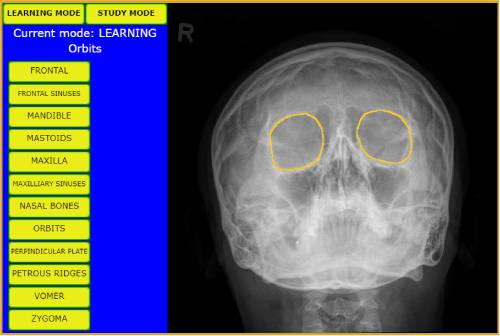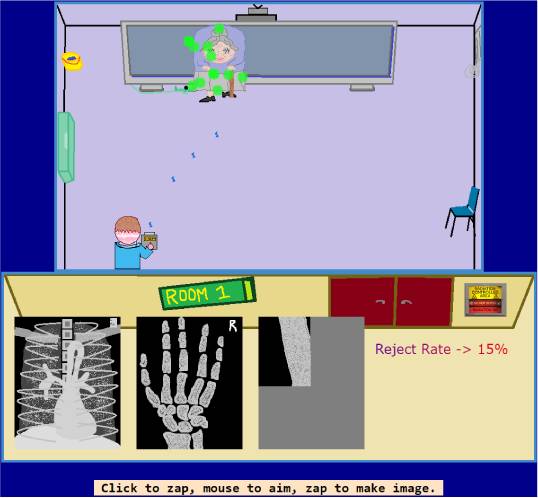ELBOW
The elbow joint effusion is the Daddy Effusion for Radiographers. In the context of trauma, the presence of an elbow joint effusion is highly suggestive of intracapsular bony injury. Luckily, on a decent lateral projection, it’s easily spotted. We’re looking in two places to identify an elbow joint effusion; anteriorly and posteriorly to the distal humeral diaphysis.

Source: Radiopaedia
Anteriorly, we’re looking for the “sail sign”.
The anterior fat pad is often visible on the normal elbow as a small, radiolucent focus tucked close to the anterior humeral cortex with its visible outline approximately following the line of the adjacent bone. It usually nestles within the coronoid fossa, the anterior depression in which the coronoid process of the ulna parks on full flexion of the elbow. When pushed up and out by an effusion, this fat pad is raised into a characteristically triangular shape to form the sail sign.

Source: Earthslab
Posteriorly, we should see no such radiolucent focus.
The posterior fad pad sits inside a bony recess, the olecranon fossa, which is there to allow full extension of the elbow by housing the olecranon process. When pushed out by an effusion, the posterior fat pad sits proud of the olecranon fossa and becomes appreciable on a well-positioned lateral.
PRACTICAL POINT: I get it – it's A&E, you have a full waiting room and you’re feeling the pressure. You’ve knocked out a lateral elbow, which is a bit rotated, but your patient is screaming murder and it’s 60 past dinner time.
Repeat it. Get it right. We’ll thank you for it, send you a card on your birthday and remember you when we’re talking to Jesus before bed.
Outside of trauma, an elbow joint effusion can be caused by the other usual suspects such as inflammatory arthropathy, infection, crystal deposition diseases and other causes of haemarthrosis, like haemophilia.

